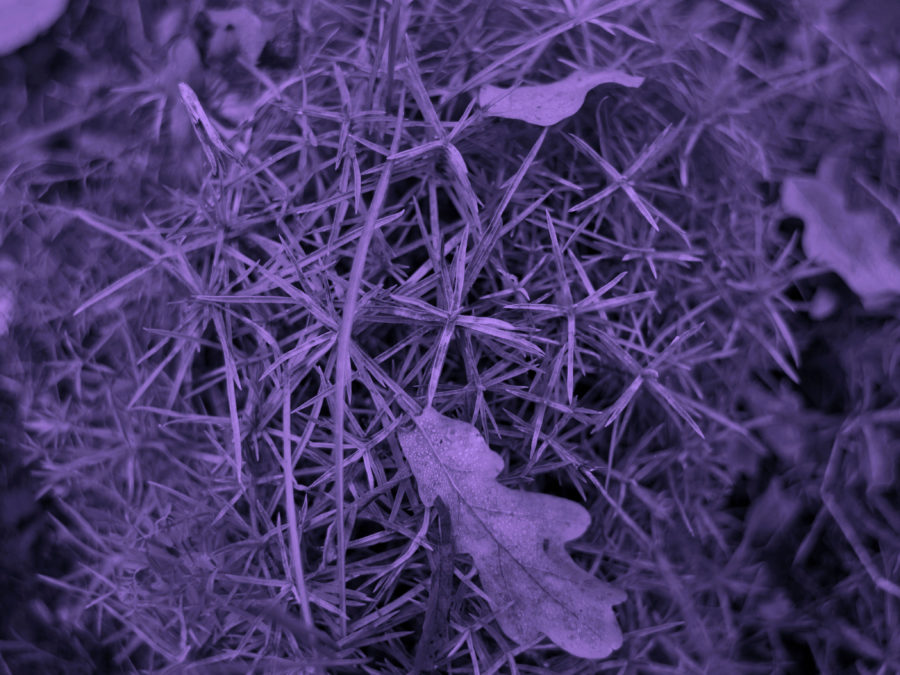Magueys (Agave in English, agave americana in Latin) move and multiply by seeds and via clonal mechanisms. They are native to desert and dry ecosystems in Mexico and southern USA where their presence is of deep ecological and spiritual importance. Daughter plants, seeds and stem fragments are carried to new sites by ocean tides, soil movement, and human (dis)placement. First magueys arrived in Europe around 1520, brought back from the colonial invasion of the Americas. Along with colonialism, magueys spread across the tropical and subtropical regions of the world. Only once in their life cycle do maguey plants produce flowers, which are hermaphrodite and keep the migratory Mexican long nosed bat alive during its journeys across deserts. Within Mesoamerican indigenous cosmologies, the female deity called Mayahuel in Nauhatl and the maguey are one. Roots, juice, leaves, flowers, fibres and thorns of the maguey were/are used for medicinal, ceremonial and material purposes.
Agave/Mayahuel is one of the main characters in Naomi Rincón Gallardo’s Resiliencia Tlacuache (Opossum Resilience) from 2019 who find themselves in a non-linear temporality upon a landscape threatened by extractivist processes. Together they conjure the nahuas, Indigenous protectors of the land, and the intoxicating powers of festivity with the goal of keeping the vital forces aflame in times of danger.
I am interested in creating conditions that foster a space for connection where differences can brush against each other, where land activism, sex and gender dissident expressions, indignation, and pleasure stoke desire’s vital pulse in the fight to build other worlds.
Mesoamerican myths are an interest of mine because they are lived testimonials of ancestral thoughts and symbolisms, that account for pluriversal worlds where human, non-human, and cosmic creatures interrelate in mutual reciprocity and interdependence.
In Resiliencia Tlacuache, I imagined, then, finding a tlacuache as a nahual, a spirit guide or protector. The tlacuache has a tremendous mythical density: they are a character that steals fire with their tail, traces the causeways of rivers, likes tepache and drinking, is cunning, a merrymaker, and a feminine force that appears in the dawn. In Mixtec codices, the tlacuache is an ally of Lady 9 Reed, whom they help cut the agave’s leaves to obtain its intoxicating salve. I decided to infuse Lady 9 Reed with the stories that Rosy** told me. And of course, Agave would become an object of desire, and, like Mayahuel, a provider of pleasure and intoxicating rituals of death and resurrection. Finally, I thought of a Mound as a narrator, as in Oaxaca mounds are considered sacred spaces.
And so, these four characters—the tlacuache, Lady 9 Reed, Agave, and the Mound—find themselves in a non-linear temporality upon a landscape threatened by extractivist processes, to then conjure the nahuas, Indigenous nation who are protectors of the land, and the intoxicating powers of festivity with the goal of keeping the vital forces aflame in times of danger.
** The work is dedicated to the struggle of Zapotec environmental activist and lawyer Rosalinda (Rosy) Dionisio Sánchez involved in land defense mobilized by a Canadian mining company’s imposition in her hometown of San José del Progreso.
Image: Maguey plant (agave americana) in the Palmhouse in the Botanical Garden Olomouc, November 2020. Photo: Monika Abrhámová
Naomi Rincón Gallardo is a visual artist/researcher currently living and working in Mexico City. Her mythical-political worldmaking projects address forms of desire and disobedience against heteropatriarchal dispossession in neo-colonial settings. From a cuir/decolonial feminist perspective she integrates her interests in speculative fiction, theater games, Mesoamerican cosmologies, music videos and vernacular festivities and crafts. She completed her PhD degree at the Academy of Fine Arts Vienna. She is currently supported as a “Miembro del Sistema Nacional de Creadores de Arte 2019-2022 del Fondo Nacional para La Cultura y las Artes”, Mexico.



